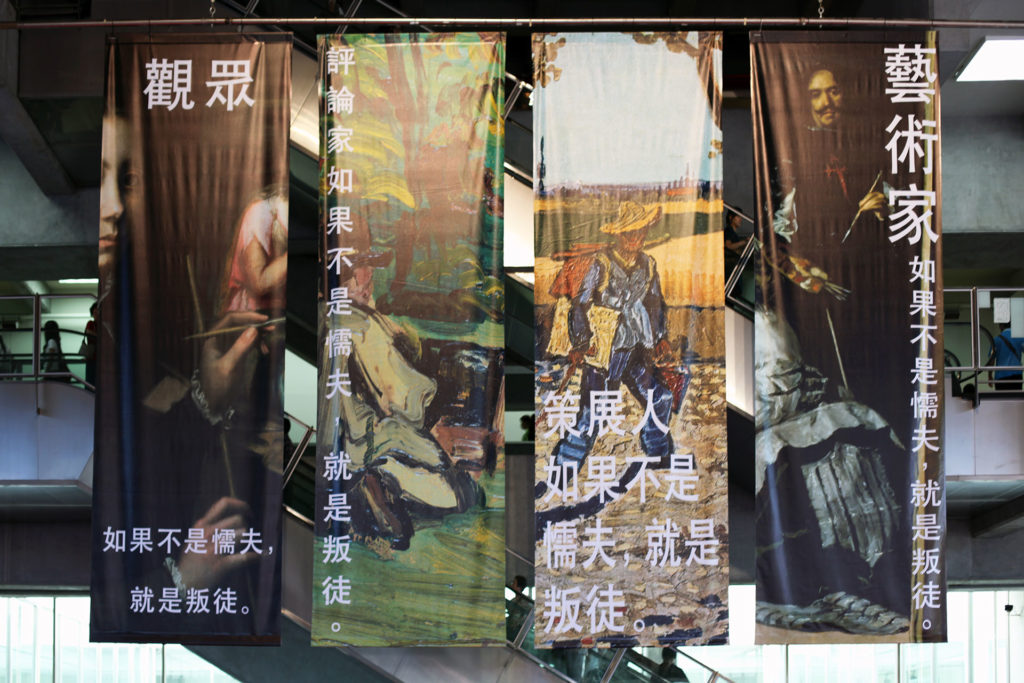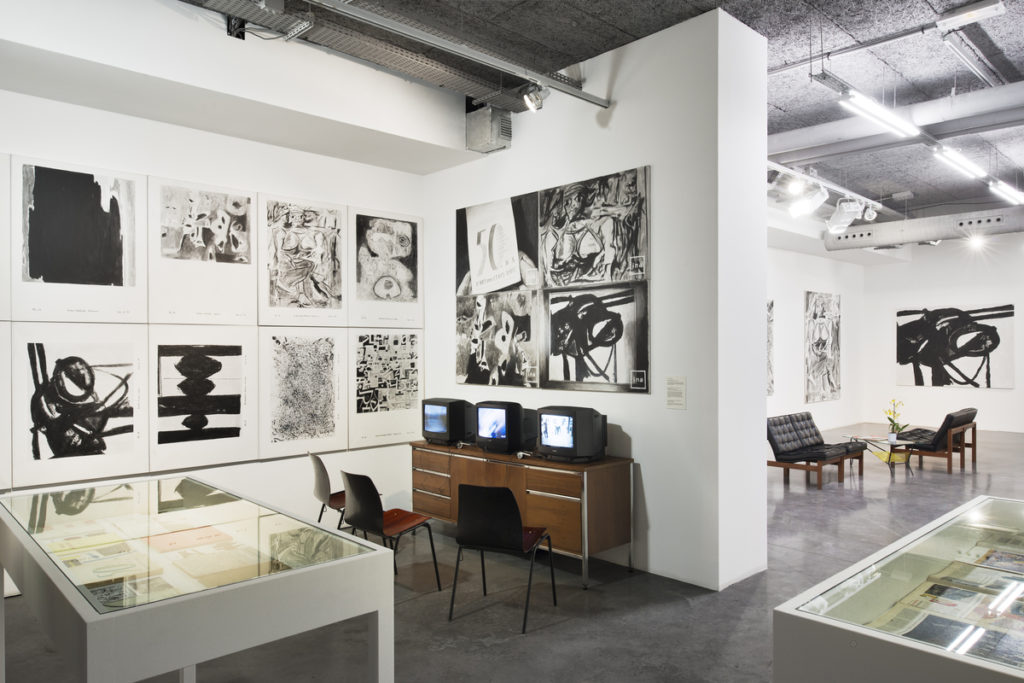Curatography
Curatography
At a time when exhibitions have already become an important part of everyday life, it is necessary to know how ideas and messages are perceived, received, and circulated through the practice of curation. Indeed we are living in a culture which has always already been taken care of in various forms of social institutions. Not only were trade fairs, the prototype of exhibitions, but salons, museums closely tied to the birth of capitalism and cultural governmentality. Today exhibitions, whether they are curated or not, are produced at a great pace. It is high time not only to examine what we have been doing as we curate exhibitions, but also to uncover curation’s history, topology, and traditions. These practices are naturalized and hidden not only in the walls of the white cube, but also inside the black box of the cultural production of everyday life…






